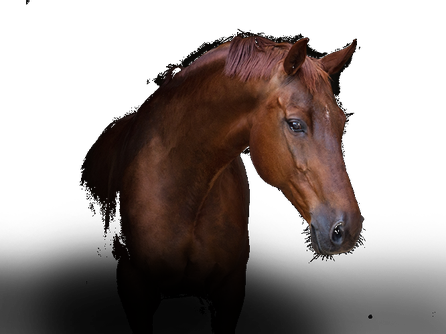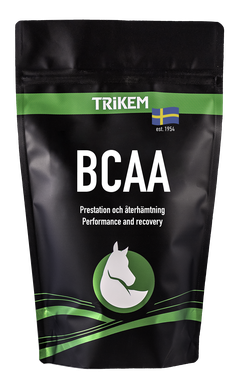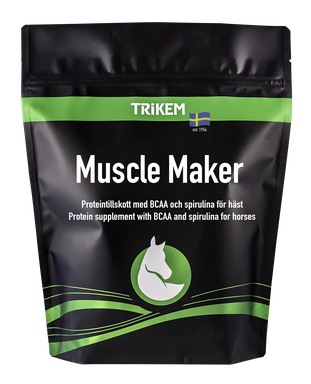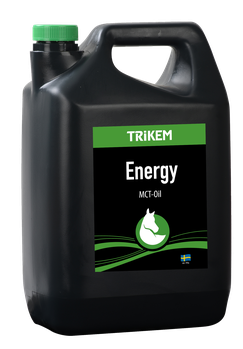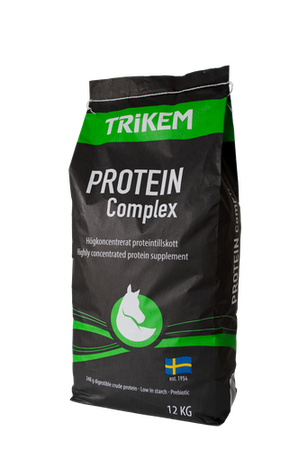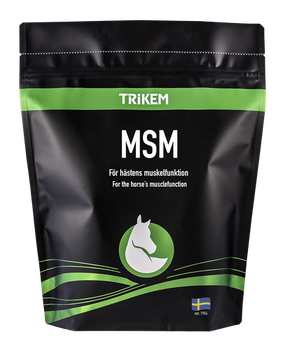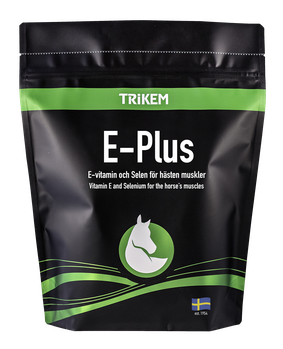Academy
/
Horse
/
Joints and Muscles
/ Training for muscle development
Training for muscle development
Training is primarily a breakdown process, which may sound contradictory, but in order for muscles to get stronger, we must first break them down. When we train the horse, the muscle fibers break down, and small injuries, or even minor inflammation, occur in the muscles. These inflammations are actually considered positive because they signal to the body that it needs to become stronger.
After each training session, the horse’s muscles break down a little, then recover and come back stronger. This is the body’s response to training, as it prepares to handle greater loads. Below is a figure that describes the process.
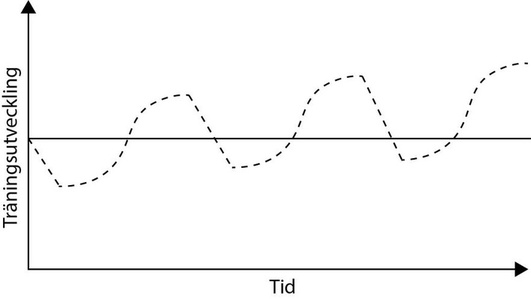
The graph shows how the horse's development is affected by training over time. At the highest points, the horse has recovered, and that’s when training starts again. The training has a breakdown effect so that the horse can recover and come back stronger than before.
What’s needed to build muscles?
To build muscles, three main components need to be considered:
-
Protein
-
Training
-
Recovery
Protein is the building block of muscles and is essential for muscle development. The horse gets protein primarily from forage, such as hay or haylage. The protein content in different forages can vary greatly, and often additional protein needs to be added to the diet to meet the horse’s requirements. You can find out how much protein a forage contains by submitting a feed sample for analysis. This analysis can then be used to calculate a feeding plan to ensure that the amount of protein meets the horse’s needs.
Would you like to read more about protein?
Muscle development
What happens after training is:
-
Muscle fibers grow and increase in size, and damaged fibers repair themselves
-
Tendons and ligaments are strengthened
-
The skeleton becomes denser
-
Nerves controlling the muscles improve their conduction ability, and new nerve cell networks are formed in the brain
How often you should train the horse for muscle development depends on several factors, such as the horse's age, its training experience, and the intensity of the training. Remember that, as with all training, it's a good idea to increase the intensity gradually. If muscles are stressed too quickly or too much, there is an increased risk of muscle injury.
Training for muscle development
Here are some training methods to help increase muscle strength:
Hill climbing
Climbing hills, both uphill and downhill, is excellent strength training for horses.
Interval training
If you want to build both strength and endurance, interval training on a hill is a good option. There are many benefits to hill training; for example, the horse will automatically activate its hind legs and rear more than with interval training on flat ground. You also don't need to ride or drive at high speeds to increase both cardiovascular and muscle activity.
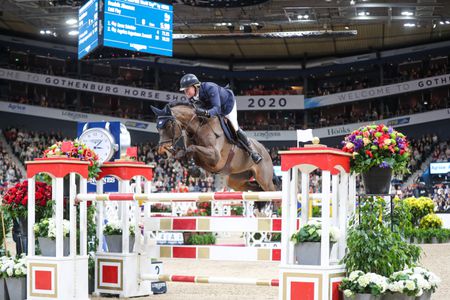
Gymnastic jumping
Another effective way to train for muscle building is through gymnastic jumping. The jump series can be adjusted based on each horse's capabilities and is beneficial for muscles, the head, and agility. For a show jumping horse that needs to increase explosive muscle mass, it may be beneficial to jump fewer, higher fences. For a dressage horse, longer series with lower jumps may be more advantageous.
Collection work
Transitions and changes in tempo are great examples of collection work. The feeling of collection work should be that the horse puts more weight on its hind legs. What actually happens is that the horse activates its core muscles, meaning it engages its abdominal muscles, which allows the horse to raise its back and also engage its back muscles. Collection work is also a great way to keep the horse alert to aids and a good exercise to include both in the arena and on the trail.
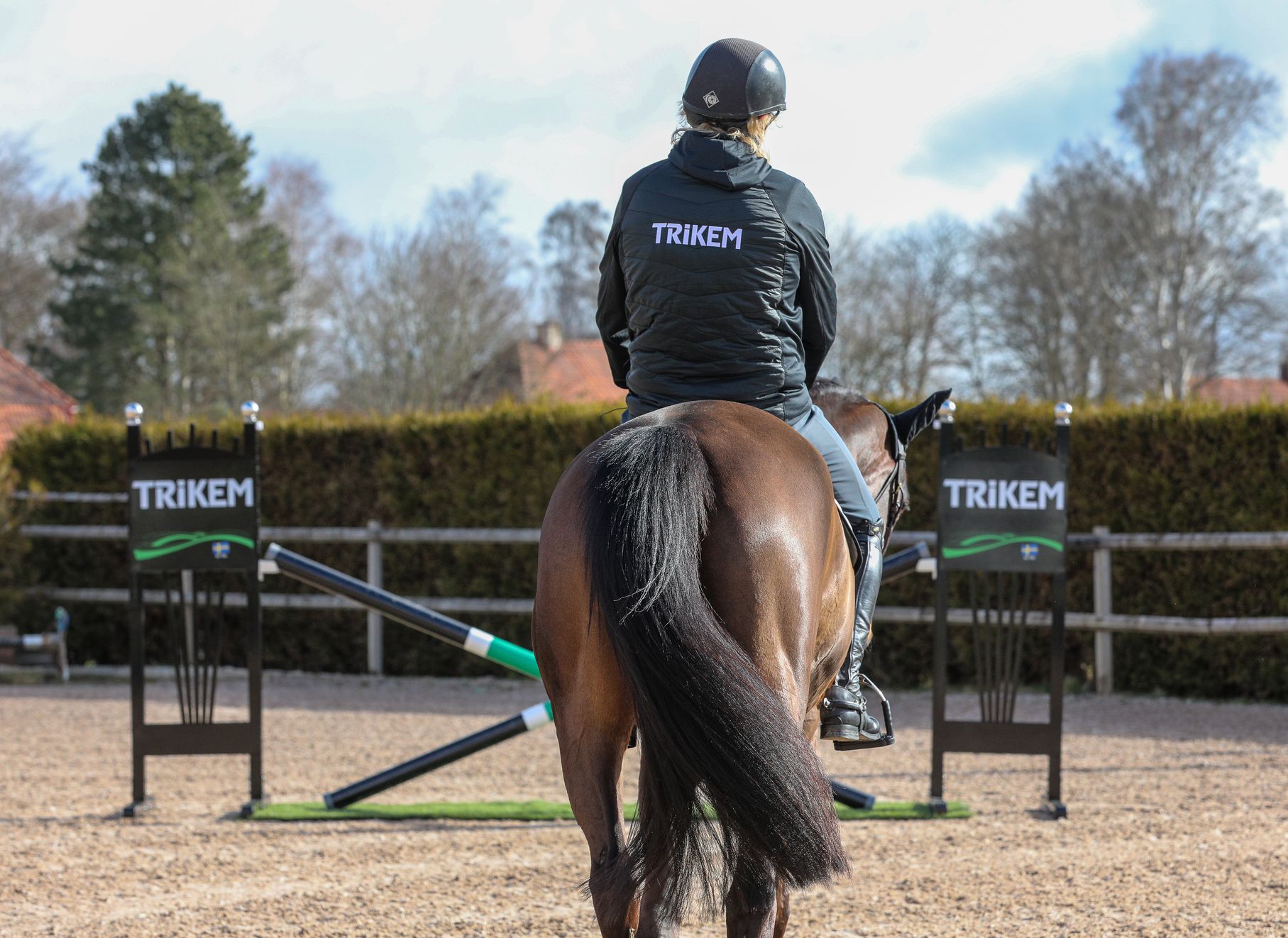
Recovery
Proper feeding and training are important, but equally important is time for recovery and rest. It is during this period that the actual muscle development takes place. When we talk about rest, we mean active rest. This means the horse should move, even when resting. Examples of active rest include turnout, hand walking, machine walking, or light jogging. Keep in mind that horses are built to move, and standing still for long periods is not beneficial for muscle development or the horse's overall function.

To install this Web App in your iPhone/iPad press ![]() and then Add to Home Screen.
and then Add to Home Screen.
